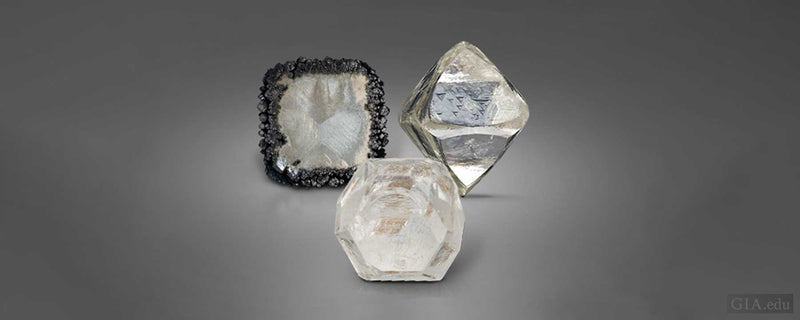Introduction to HPHT and CVD Diamonds
In the world of diamonds, two groundbreaking technologies have revolutionized the industry: High Pressure High Temperature (HPHT) and Chemical Vapor Deposition (CVD) processes. These methods offer alternatives to traditional mining, producing diamonds with distinct properties and characteristics.
Cost factors affecting CVD diamonds
CVD diamonds have become increasingly cost-competitive, particularly for larger stones and specific industrial uses hpht vs cvd diamonds. Their availability has grown, making them more accessible for both commercial and consumer applications.
Color and Clarity
Natural variations in color
HPHT diamonds can exhibit a range of colors, from fancy yellows to browns, depending on the nitrogen content and growth conditions. CVD diamonds typically start colorless and can be enhanced through post-growth treatments.
Clarity grades and differences
CVD diamonds often achieve higher clarity grades due to their growth method, which minimizes inclusions. HPHT diamonds may have visible inclusions or color zoning, affecting their clarity ratings.
Uses and Applications
Industrial applications of HPHT diamonds
HPHT diamonds are valued for their hardness and durability in cutting tools, drilling equipment, and specialized machinery components requiring wear resistance and thermal conductivity.
Industrial applications of CVD diamonds
CVD diamonds are increasingly used in electronics, optics, and medical devices due to their purity, thermal conductivity, and optical properties. They are also gaining traction in luxury jewelry markets.
Market Demand
Current market trends for HPHT diamonds
HPHT diamonds continue to be in demand for industrial applications and affordable jewelry options, especially in markets emphasizing value and durability over natural origin.
Current market trends for CVD diamonds
CVD diamonds are experiencing rapid growth in consumer markets seeking ethically sourced, environmentally friendly alternatives to mined diamonds. Their versatility appeals to industries requiring precision and performance.
Environmental Impact
Sustainability concerns with HPHT
While HPHT diamonds reduce reliance on mining, energy-intensive production processes and carbon emissions are significant environmental considerations. Efforts are ongoing to mitigate these impacts.
Sustainability concerns with CVD
CVD diamonds offer a cleaner production method compared to mining, but energy consumption during the growth process and waste management remain environmental challenges.
Certification and Identification
How to identify HPHT diamonds
Gemological laboratories use advanced techniques to detect and identify HPHT diamonds, focusing on characteristic features like strain patterns and impurity profiles.
How to identify CVD diamonds
CVD diamonds are distinguished through spectroscopic analysis and growth structure examinations, confirming their synthetic origin and purity level.
Popular Myths and Misconceptions
Common myths about HPHT diamonds
Misconceptions about HPHT diamonds often involve doubts about their durability, value, and distinguishability from natural stones, despite advancements in gemological testing.
Common myths about CVD diamonds
Misunderstandings about CVD diamonds include assumptions about their inferior quality or lack of brilliance compared to natural diamonds, which modern production methods have largely dispelled.
Consumer Considerations
Factors to consider when choosing between HPHT and CVD
Consumers should weigh factors such as budget, desired appearance, ethical considerations, and intended use when selecting between HPHT and CVD diamonds for jewelry or industrial applications.
Which is better for jewelry?
For jewelry, CVD diamonds are often preferred for their colorless appearance, superior clarity, and ethical appeal. HPHT diamonds remain a viable option for colored stones and cost-conscious buyers.
Future Trends
Innovations in HPHT technology
Ongoing research aims to improve HPHT diamond quality, reduce production costs, and expand application possibilities in both industrial and consumer markets.
Innovations in CVD technology
Advancements in CVD technology focus on scaling production, enhancing color consistency, and exploring new applications in advanced electronics and high-end jewelry.
Conclusion
In conclusion, the choice between HPHT and CVD diamonds depends on specific needs and preferences. While HPHT diamonds offer affordability and color variety, CVD diamonds excel in purity, brilliance, and ethical sourcing. As technology advances and consumer awareness grows, both types of synthetic diamonds are poised to play pivotal roles in shaping the future of the diamond industry, offering sustainable alternatives without compromising on quality or beauty. Whether for industrial applications or exquisite jewelry, understanding these distinctions empowers consumers and industries alike to make informed decisions in a rapidly evolving market.

